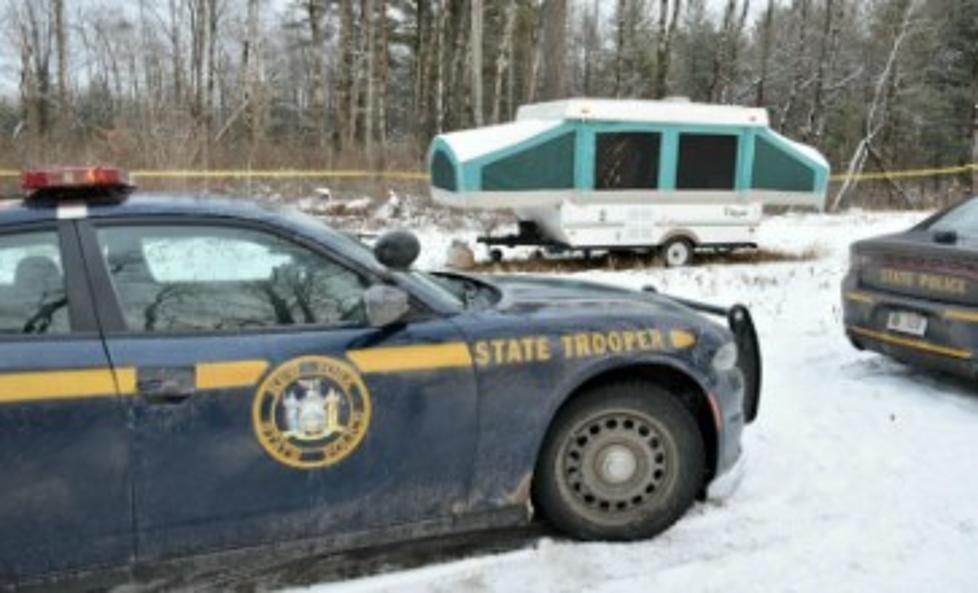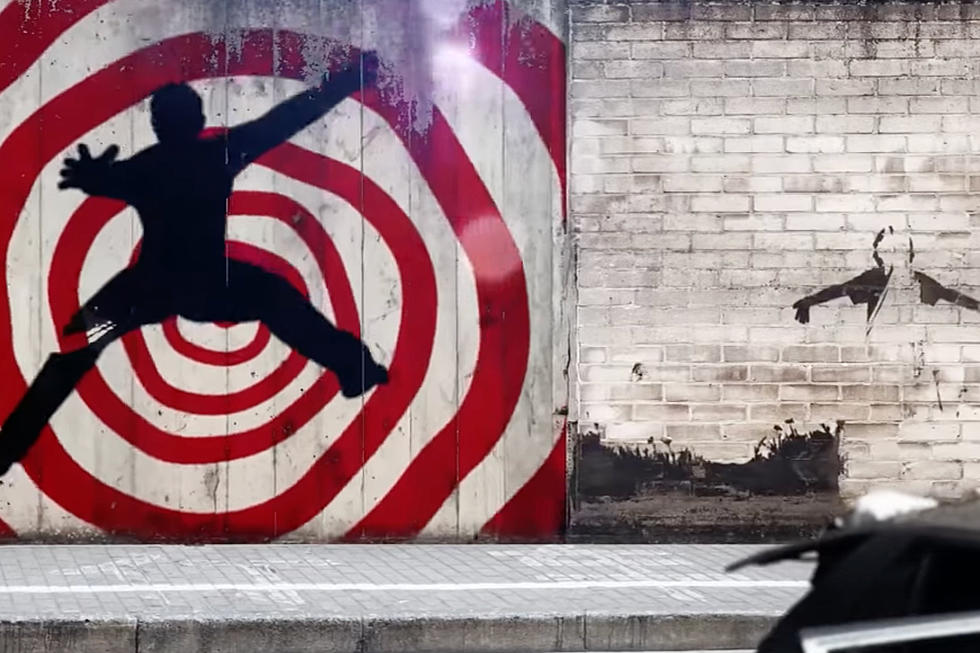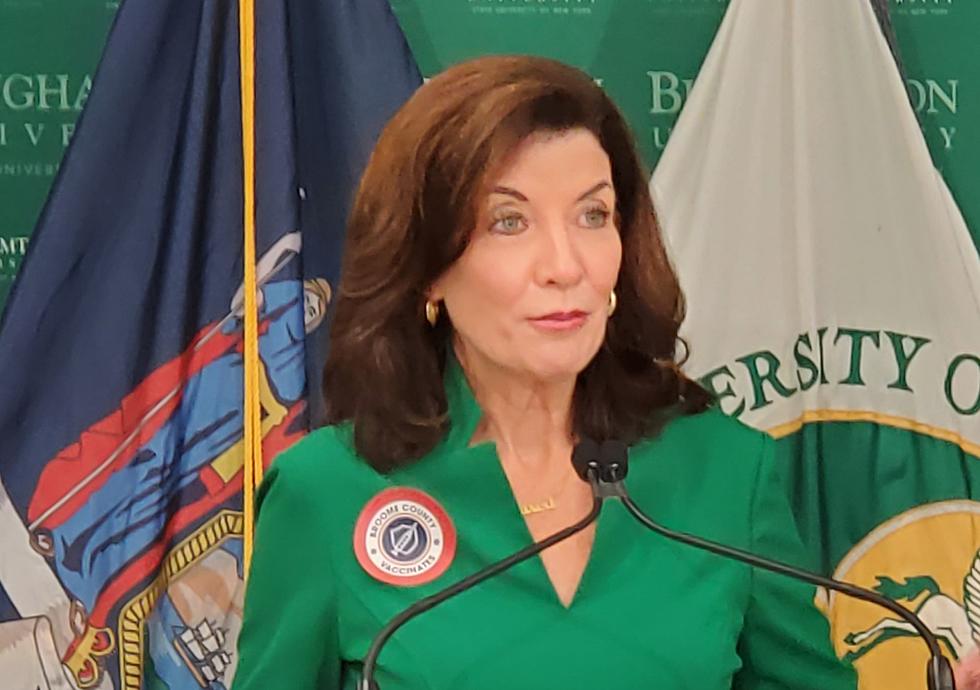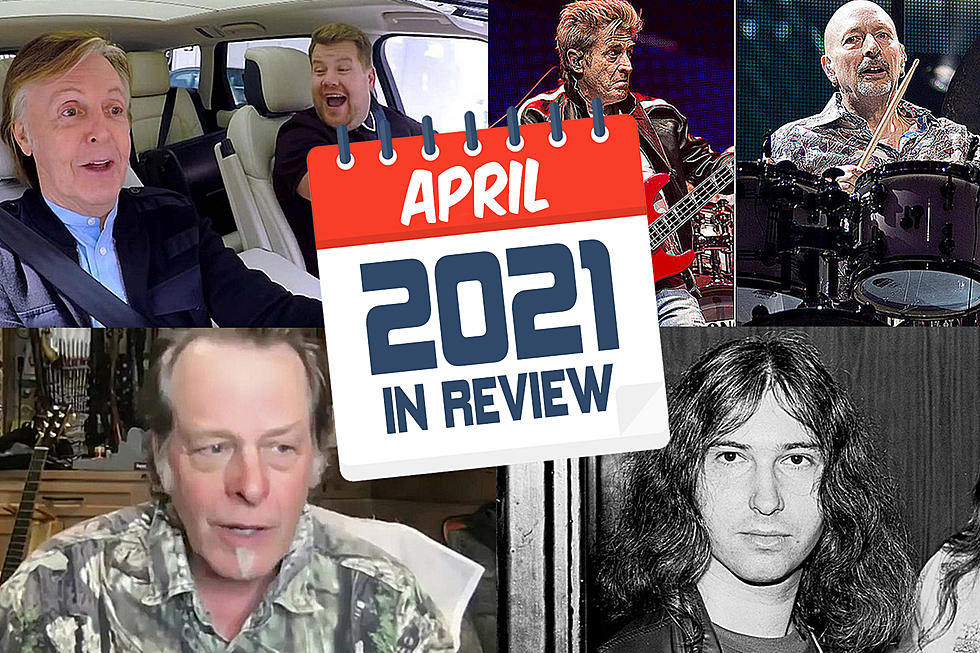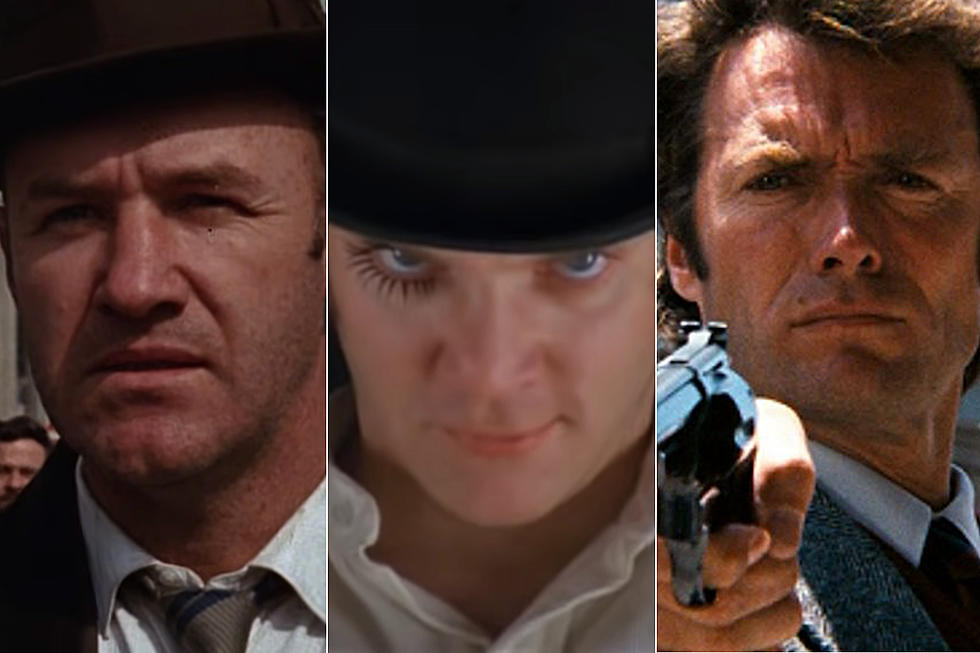
50 Years Ago: A Year of ‘Shock Cinema’ Comes to a Bloody End
An outraged viewer once wrote a letter to director Sam Peckinpah, declaring that she found the violence in 1969's The Wild Bunch to be "senseless." Peckinpah's response? "You find it senseless in a film and I find it totally senseless in life."
His quip perfectly summed up the debate about onscreen violence raging at the time – and the war of words only intensified into 1971. A quartet of explosive films released that year between October and December helped to forever change the way mayhem and bloodshed would be portrayed in movies. One reviewer dubbed it the age of "shock cinema":
The first of these was The French Connection on Oct. 7. Director William Friedkin returned to his roots as a documentary filmmaker to explore the dark side of policing and violence. On the surface, it's a stripped-down story about a pair of New York City cops trying to bust a heroin-smuggling ring. Underneath, The French Connection brought to a head a trend of filmmakers growing fed up with the idea that their crime films had to have clearly delineated good guys and bad guys, ending on happy notes.
America had been in the midst of an uneasy and violent time for more than a decade. The Civil Rights Movement was in full swing, and people were accustomed to turning on the television to see protesters being attacked by police dogs or having fire hoses turned on them. There had been assassinations, political bombings and National Guard troops shooting students in the street. In addition, the Vietnam War was raging. Nightly news reports included body counts of the soldiers killed that day, and President Richard Nixon was authorizing secret U.S. bombing missions in the noncombatant countries of Laos and Cambodia.
Many filmmakers responded by pushing back against the Hays Code that for decades had regulated what could be shown onscreen. In the late '60s, films like Bonnie & Clyde, Point Blank, The Dirty Dozen and The Wild Bunch began to increasingly depict onscreen violence in more realistic and visceral ways, while also declining to pretend that violence was always justifiable and always performed by noble heroes.
The French Connection took this cynicism and blasted it into the mainstream. It featured hard-nosed and unrepentantly violent cops (played by Gene Hackman and Roy Scheider), and refused to gave the audiences a firm resolution in the end, as the main drug dealers were never apprehended. It was also nominated for eight Academy Awards, winning five. The French Connection was not an overtly political film but Freidkin noted in a 2012 interview that one of his inspirations was the Greek director Costa-Gavras's movie Z, a searing examination of political corruption. As with Z, Freidkin's documentary-style realism makes it difficult not to read the movie as a statement about the truths of American life at the time.
A Clockwork Orange, which opened several months later on Dec. 19 in New York City, pushed this social commentary in a bracingly satirical direction. Set in a futuristic England and based on the 1962 novel by Anthony Burgess, Stanley Kubrick's film tells the story of Alex DeLarge (Malcolm McDowell), the leader of a gang of young hoodlums whose pastimes include assault, burglary and rape.
When he's arrested, the authorities try to reform Alex by subjecting him to a kind of psychological conditioning in which he's exposed to so much violent and sexual imagery that he develops an implacable aversion to it. After suffering terrible indignities of his own at the hands of his former friends and his former victims, Alex realizes at the end that the conditioning hasn't worked, that he's capable of going back to his old ways.
The French Connection gave voice to a cynicism about authority that had come to mark American life, while A Clockwork Orange aimed itself at cultural fears of degenerate youth and the media-saturated landscape.
These were again topics that earlier films had explored: The Graduate, Easy Rider and Midnight Cowboy, among many others, had articulated the notion that young people – who were protesting, finding alternative ways to live and telling each other not to trust anyone over the age of 25 – were going to bring themselves and society to ruin.
But A Clockwork Orange differed in its confrontational attitude toward the viewer. In sequences like the one where Alex croons "Singin' in the Rain" while he and his "droogs" beat a man almost to death and rape his wife, the film finds a shocking register of combative satire — suggesting that beneath the happy sheen of contemporary entertainment lies a society seething with rage and rotten to the core.
Three days after A Clockwork Orange opened in New York, Peckinpah's Straw Dogs opened on Dec. 22 in Los Angeles. The most shocking of the four films to appear that fall, it works off some of the same thematic material as Kubrick's and Friedkin's movies, but it's centered on the character of an unassuming everyman. Peckinpah's goal with the film? To make people "fearful and very, very uncomfortable about their own potential for violence."
Dustin Hoffman plays American mathematician David Sumner, who moves to the hometown of his Cornish wife Amy (Susan George). There, they run afoul of the local tough guys, who dislike David because he's diminutive and quiet and has married the most beautiful neighborhood girl. These confrontations increase in intensity until one of the hoodlums rapes Amy, and the final act of the film involves the locals laying siege to David and Amy's house, during which David fights them off and kills them in unpleasant ways.
Peckinpah does not simply show violence onscreen in the film. He uses the medium to force the audience to confront that violence. This involves the famous use of slow-motion photography, which he pioneered in The Wild Bunch. For Straw Dogs, Peckinpah shows the action of someone being killed in regular speed, and then decelerates the footage of their lifeless body crashing to the ground. In this way, he highlights not the visceral thrill but the effect of killing.
The finished film also features a great deal of masterful editing work, in which flashbacks to the rape from Amy's point of view force the viewer again and again to face the complicated horror of that act.
Straw Dogs is still a difficult watch today, but in 1971 a good deal of the response was vitriolic. Variety described it as "an orgy of unparalleled violence and nastiness," while Roger Ebert thundered that "the most offensive thing about the movie is its hypocrisy; it is totally committed to the pornography of violence." Straw Dogs was banned in the U.K., and had to be re-cut to be released in the U.S.
The final film of the quartet, Dirty Harry, opened wide the day after Straw Dogs. It was a far more traditional movie than the other three, and in some ways it had the greatest impact of them all, as director Don Siegel injected their dark thematic material into the way Hollywood conceived of its tough-guy heroes.
Clint Eastwood plays Harry Callahan, an inspector with the San Francisco Police Department. A psychotic gunman calling himself "Scorpio" (Andy Robinson) is terrorizing the city by killing random citizens, and it's up to Callahan to stop him. Their confrontations grow into a kind of cat-and-mouse game, with Scorpio taunting Callahan and the cop breaking the rules in his attempt to put an end to the killings. When Callahan does finally kill Scorpio at the end, he throws away his badge, presumably signaling either that he's fed up with the job or with the rules that restrain him and other cops.
Like The French Connection, Dirty Harry features a cop who's willing to go to any length to get his man. But unlike Friedkin's film, it turns that man into a symbol that celebrates the tough measures needed to combat American lawlessness. And where Straw Dogs raises agonizing questions about why people commit violence and the result of those acts, Dirty Harry simplifies the equation: Bad guys commit violence because they're bad, and the only remedy is justified violence wreaked on them by good guys.
In these and other ways, Siegel's movie helped give birth to the action-movie genre, which eventually came to dominate the space that had been occupied up until then by what were thought of as "crime films": Callahan gets saddled with a new partner, locks horns with a bureaucratic police commissioner and has a troubled love life. All of these would become stone-cold genre tropes in the following decades.
But its deeper effect was starting to reverse the polarities of the three films that preceded it that fall. The French Connection, A Clockwork Orange and Straw Dogs all worked in their own ways to force the viewer to be troubled by what was occurring onscreen, whether through emotionally unsatisfying endings, pitch-black satire or in-your-face cinematic technique. In contrast, Dirty Harry used shades of those same approaches to reassure its viewer that no matter how dangerous things get out there, a steely-eyed hero with a big gun is on his way to rescue you.
Fall 1971 was an unquestionably dark moment in cinema history, but that moment wouldn't last long. The Vietnam War was already on the cusp of ending, and soon people wanted to combat early '70s malaise by escaping it rather than confronting it.
Three and a half years after Dirty Harry, Steven Spielberg's Jaws exploded into theaters, inventing the summer blockbuster and helping move American audience preferences away from thematics and toward thrills. Two years after that, Star Wars appeared, catapulting theatergoers even further into the kind of escapist mass entertainment that became synonymous with the '80s.
But for that brief moment in 1971, it was possible to wonder if there would ever be an escape from the mayhem enveloping us, out there on the streets and up there on the screen.
40 Essential Movies That Turn 40 in 2021
25 Interesting Rock Movie Facts
More From 99.1 The Whale
